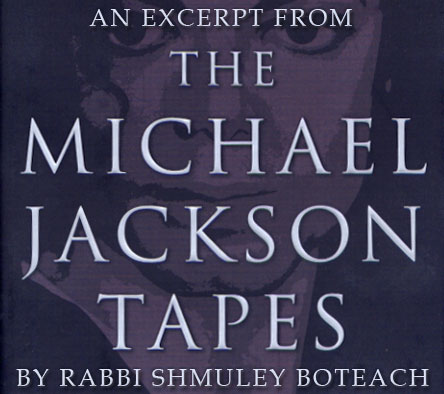The Emergence of the Curmudgeon

From there, it’s inevitable, right? First enfant terrible. Then hot guy. From there it’s only a matter of time until you hit curmudgeon. This last seems to have arrived quite recently when Amis publicly said British celebutant -- and sometime author -- Katie Price “has no waist, no arse ... an interesting face ... but all we are really worshipping is two bags of silicone.”
Amis was talking -- perhaps not directly -- about the state of publishing and the thought that celebrity authors were taking the profit from other, more worthy authors. (Not to mention any names.) But though Price requires no defense (she’s off having fun, probably doesn’t give a fig for Amis’ opinion and acknowledges that her books -- the ones intended for grown-ups, anyway -- have all been ghostwritten), the remark was the sort that invites comment. And some have.
Writing for The Guardian’s book blog, Jean Hannah Edelstein comments that Amis’ problem is not with Price, but with women. Plus, Edelstein adds, it likely all stems from his move towards crumudgeonliness, anyway:
When writers like Amis, or Philip Roth -- who declared this week that novel-reading would be a fringe activity in 25 years -- make their apocalyptic proclamations about the state of publishing, it seems apparent that their pessimism may in fact be rather strongly influenced by anxiety that their new work no longer carries the kind of cultural clout they have grown used to, not because people aren't reading novels, but because people aren't reading their novels. And part of the reason for that may be that with the bulk of modern consumers of fiction being women, the particular brand of literary writing in which a particular aptitude for fellatio suffices as characterisation for a woman is less interesting, or resonant, than it once was.Edelstein’s piece makes many other points, is amusing if nothing else and it’s here.
































